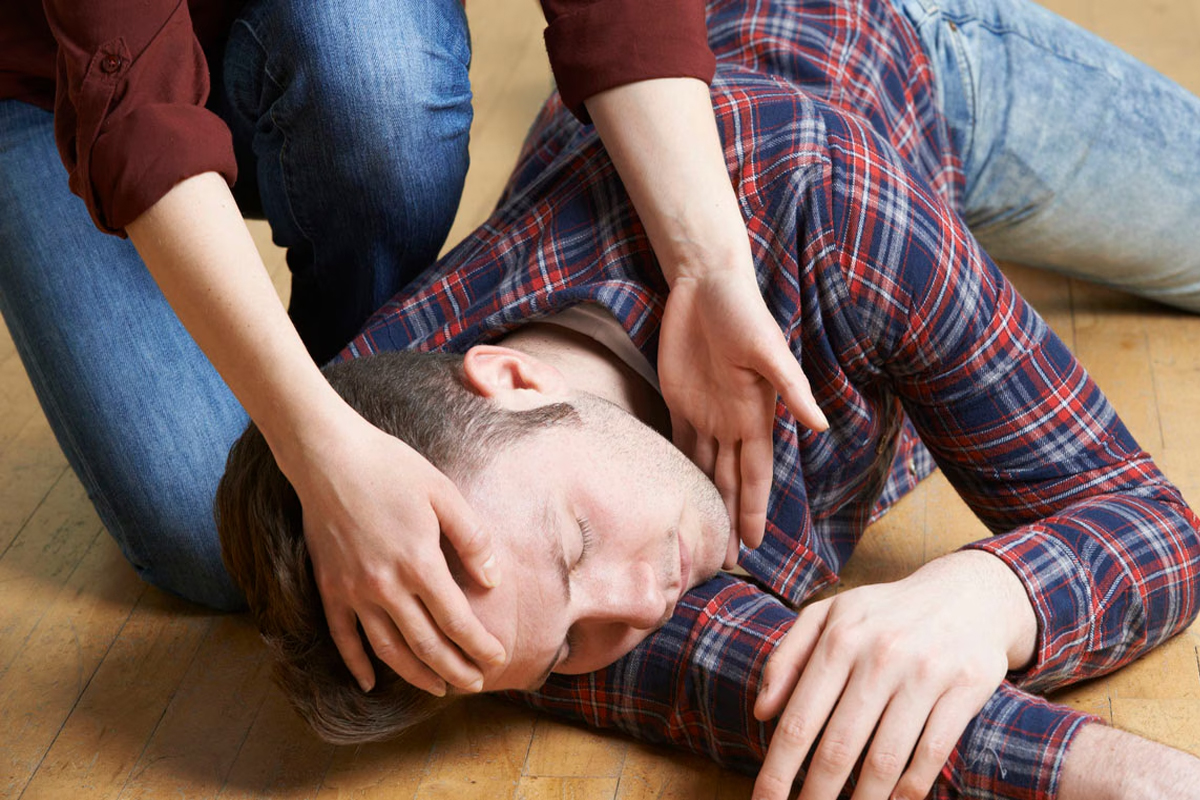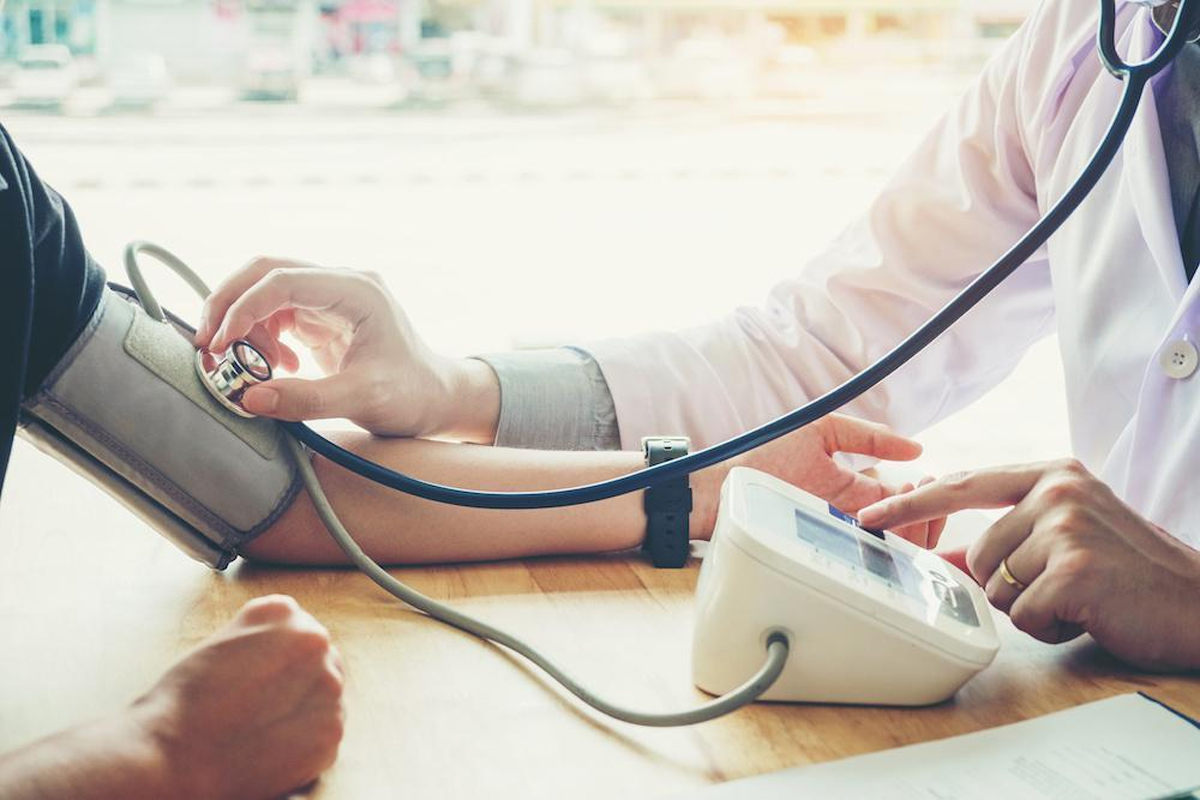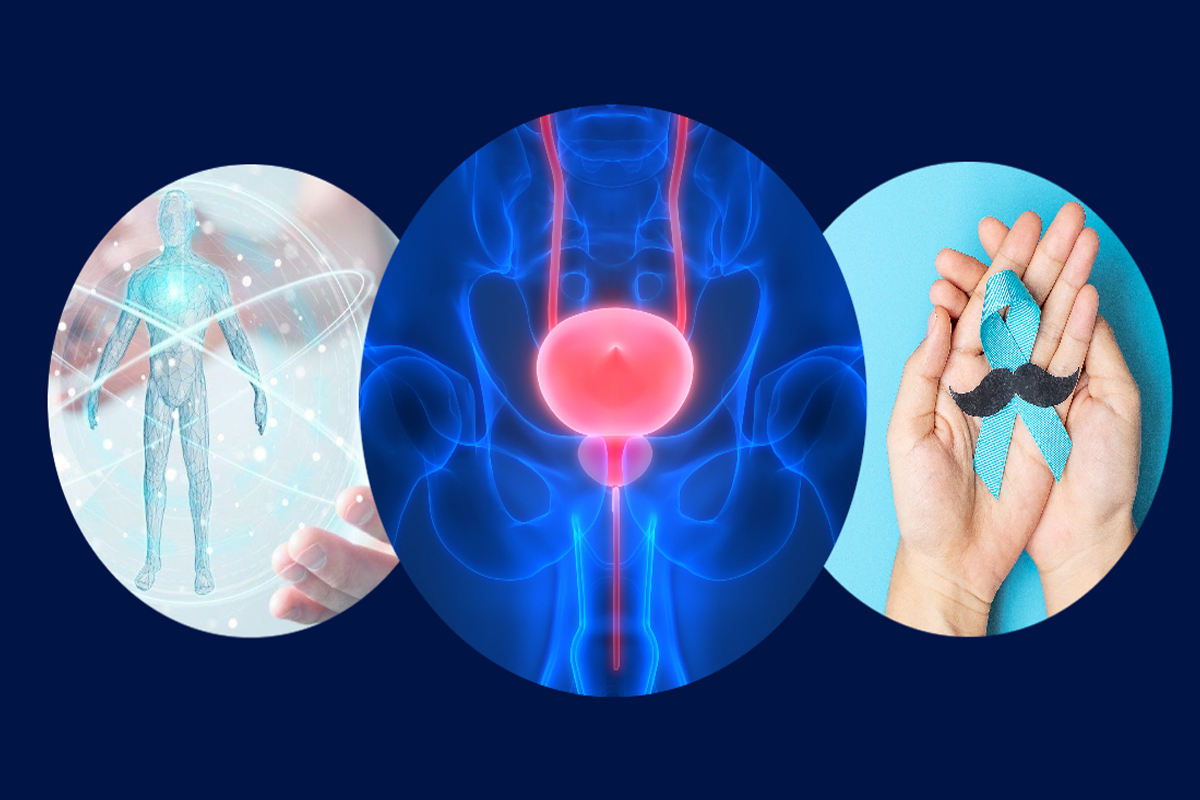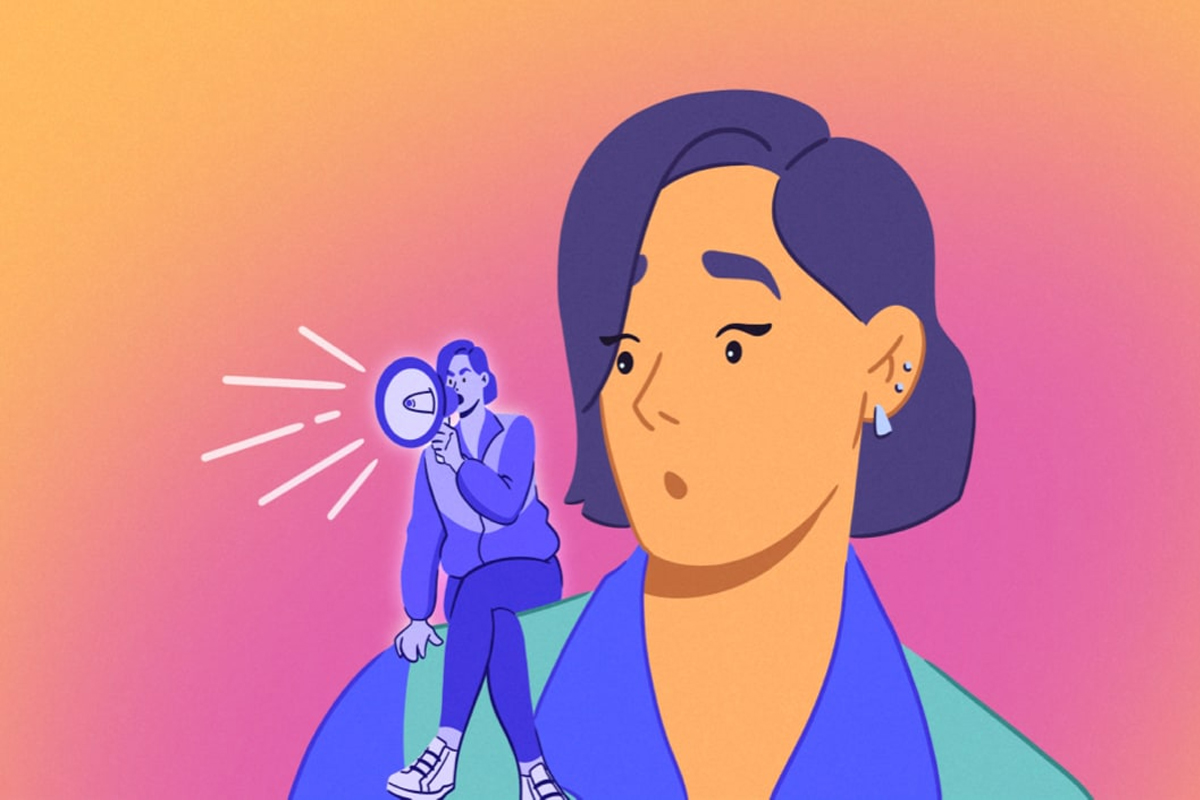
First Aid for Seizures: What to Do & What to Avoid
By in Neurology
Nov 19, 2024
First Aid for Seizures: What to Do & What to Avoid
Seizures can be alarming, but knowing how to respond calmly and effectively can help ensure the safety of the person experiencing one. Epilepsy, a neurological disorder that causes recurrent seizures, affects millions worldwide. While most seizures are brief and don’t cause lasting harm, immediate first aid is crucial to prevent injury and reduce complications. Here’s a guide on what to do — and what to avoid — when someone is having a seizure.
What to Do During a Seizure
- Stay Calm and Stay Safe
The first thing to do when witnessing a seizure is to remain calm. Panicking can hinder your ability to provide effective assistance. Ensure that both you and the person having the seizure are safe. If the person is near dangerous objects (such as sharp items, hot surfaces, or traffic), try to move them away, but do not attempt to restrain them. - Protect the Person’s Head
If the person is lying on the ground, gently cushion their head with something soft, such as a folded jacket or a pillow. This can help prevent head injuries caused by jerking or falling. - Time the Seizure
It’s crucial to track the duration of the seizure, as they usually last between 1 and 2 minutes. If the seizure continues for more than 5 minutes or if another seizure follows immediately after, call emergency services. This could indicate a medical emergency. - Loosen Tight Clothing
If possible, loosen tight clothing around the person’s neck or chest to help with breathing. However, don’t try to remove any clothing forcefully. - Keep Others at a Safe Distance
If in a public space, ensure that people around are aware of the seizure and keep a safe distance. This helps avoid crowding the person and allows you to provide space for their recovery. - Comfort After the Seizure
Once the seizure stops, stay with the person. They may feel disoriented or confused, and it’s important to offer reassurance and comfort. Allow them to rest & recover in a safe & quiet environment.
What to Avoid During a Seizure
- Do Not Hold Them Down
It’s a common misconception to try and hold the person’s body still during a seizure. However, restraining someone during a seizure can cause more harm, including injury to both the person having the seizure and the person trying to help. - Do Not Put Anything in Their Mouth
Contrary to some myths, do not put any object, including your fingers, in the person’s mouth. Swallowing the tongue during a seizure is not possible. Inserting objects into their mouth can cause injury to their teeth, mouth, or jaw and may lead to choking. - Avoid Attempting to Give Food or Drink Immediately
After the seizure, do not give the person food, drink, or medication until they are fully alert and aware. They may experience difficulty swallowing or be at risk of choking. - Do Not Leave Them Alone
Even if the seizure has stopped, do not leave the person unattended until they are fully awake and alert. Confusion and drowsiness can occur right after the seizure, and it’s important to provide a supportive and safe environment.
When to Seek Medical Help
- Seizures last more than 5 minutes.
- The person experiences another seizure immediately after the first one.
- The person is injured during the seizure.
- The person has difficulty breathing or does not regain consciousness shortly after the seizure.







